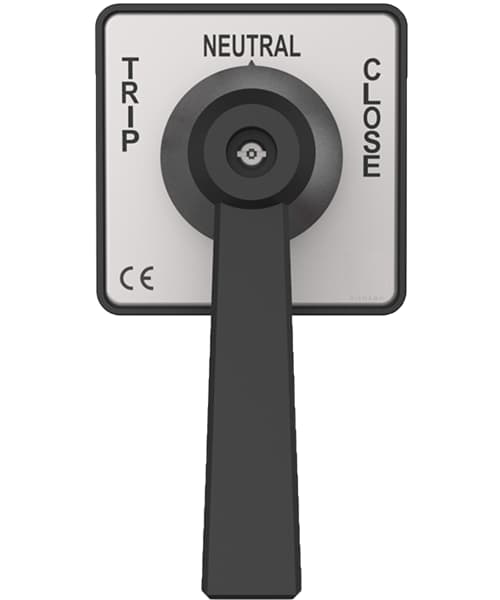TNC switch stands for Trip Neutral and Close. TNC switch has three positions and it is used to operate the circuit breaker locally. TNC Diagram
In this article, we will discuss the working purpose and function of TNC in electrical circuit drawing.

A circuit breaker has two coils for making and breaking operation that are closing coil and tripping coil.
The function of the Trip position is to trip the circuit breaker manually and the closed position is used to close the circuit breaker.
The neutral position that is marked with the letter N is not connected to any coil and has any wire.
Some TNC switches come with a lock and key arrangement to prevent unauthorized operation.
Why TNC is Used?
We know the circuit breaker is the primary device used in the power system to protect equipment in case of a fault in the system.
To provide remote, local closing and tripping facility to the circuit breaker TNC used. Two coils of the circuit breaker are wired to the respective terminal of the TNC switch to give the command.
Working Of TNC Switch
TNC has three positions namely Trip, Neutral, and Close. switch remain in a neutral position during regular operation. When we must close the circuit breaker we have to move the switch handle to the close position. As we release the handle it will return to a neutral position due to spring tension as it is designed to only give a pulse.
TNC switch NO contact is connected to the closing coil of the circuit breaker. during the operation of the TNC switch, it becomes NC and extends the closing command to the breaker’s closing coil.
Same, during the tripping command to the breaker, the TNC handle moved to the trip position from neutral. in this case, NO of contact TNC becomes NC and gives a tripping command to the circuit breaker coil.
In both cases after the switch operation, the handle will return to the original position due to spring tension.
